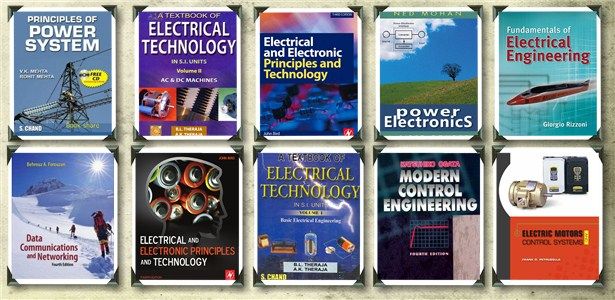Three-phase motor power factor correction capacitors are sold by kVAR at a particular voltage rating. Normally they are sold in a trio of three capacitors, which may or may not be packaged in a single enclosure. When power factor correction capacitors are to be switched with an induction motor, the maximum value of corrective kVAR should not exceed the value required to raise the motor’s no-load power factor to unity
Avoid overcorrecting into a leading power factor condition. NEMA Standard MG1, Part 14 offers the following warning: “In no case should power factor improvement capacitors be applied in ratings exceeding the maximum safe value specified by the motor manufacturer. Excessive improvement may cause over excitation resulting in high transient voltages, currents, and torques that can increase safety hazards to personnel and cause possible damage to the motor or to the driven equipment.”
Capacitor boxes often contain some surge suppression circuitry. Experts widely agree that surge suppression also saves virtually no energy. Yet, it may be highly beneficial in protecting valuable equipment if there are actually serious voltage spikes on the circuit.



















